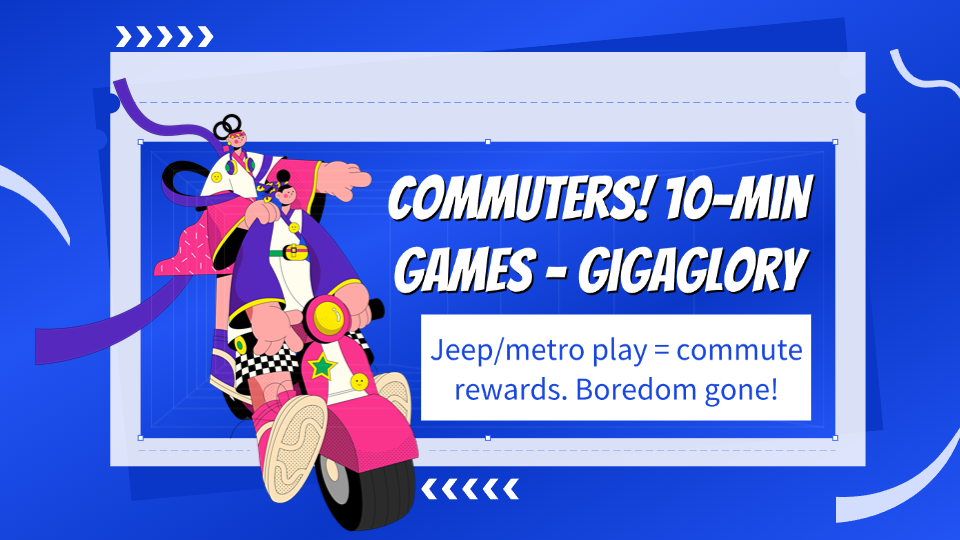Why Hyper Casual Games Are the Future of Creative Gaming
The gaming world is evolving at breakneck speed. Among the different genres, hyper casual games are making a remarkable impact. They may seem simple, yet they hold enormous potential for the future of creative gaming. But what makes these games so appealing? Let’s dive into it.
Understanding Hyper Casual Games
Hyper casual games are characterized by their extremely straightforward mechanics and easy-to-understand gameplay. Players can jump right in without lengthy tutorials or complex storylines. Here’s a quick look at some standout traits of these games:
- Accessibility: Available for all ages and skill levels.
- Short Play Sessions: Designed for quick gameplay, perfect for on-the-go gaming.
- Endless Fun: Games like "Flappy Bird" or "Helix Jump" keep players engaged with simple yet addictive mechanics.
The Creative Potential of Hyper Casual Games
Despite their simplicity, hyper casual games offer a unique canvas for creativity. Developers can explore diverse themes and innovative mechanics to captivate an audience that craves fresh experiences. Let’s see how creative engines can thrive within this space.
| Creative Element | Examples |
|---|---|
| Visual Design | Colorful graphics, quirky characters |
| Unique Mechanics | Physics-based challenges, reaction-time tasks |
| Community Engagement | Player challenges, leaderboards, social media sharing |
Comparison with Traditional Games
When comparing hyper casual games with traditional ones such as RPGs or strategy games, the differences come into sharper focus. Let's outline these differences:
- **Depth of Gameplay:** Traditional games often have layered narratives and complex mechanics.
- **Time Investment:** Hyper casual games require minimal time, while traditional games can demand hours of commitment.
- **Development Complexity:** Crafting an RPG game in Scratch can be intricate, but hyper casual titles are much easier to develop.
All About the Future
The future of creative gaming looks bright with hyper casual games leading the charge. They can serve as an entry point for new gamers while also challenging seasoned ones by introducing innovative twists on familiar concepts. It’s speculated that as technology advances, these games will focus even more on customization and interactivity, allowing creators and players to reshape their experiences. In Norway, where gaming culture is thriving, hyper casual games can empower local developers to explore this rich terrain.
Conclusion
Hyper casual games represent more than just a trend; they encapsulate a new era in gaming where simplicity meets creativity. These games focus on fun and engagement, making them accessible to a broader audience. For developers, they offer a playground for innovation, encouraging new ideas without the constraints of complexity. The future appears to favor these catchy, creative gems—so keep an eye on this booming sector of the gaming world.



